How to Set up a Home Server [Expert Guide]
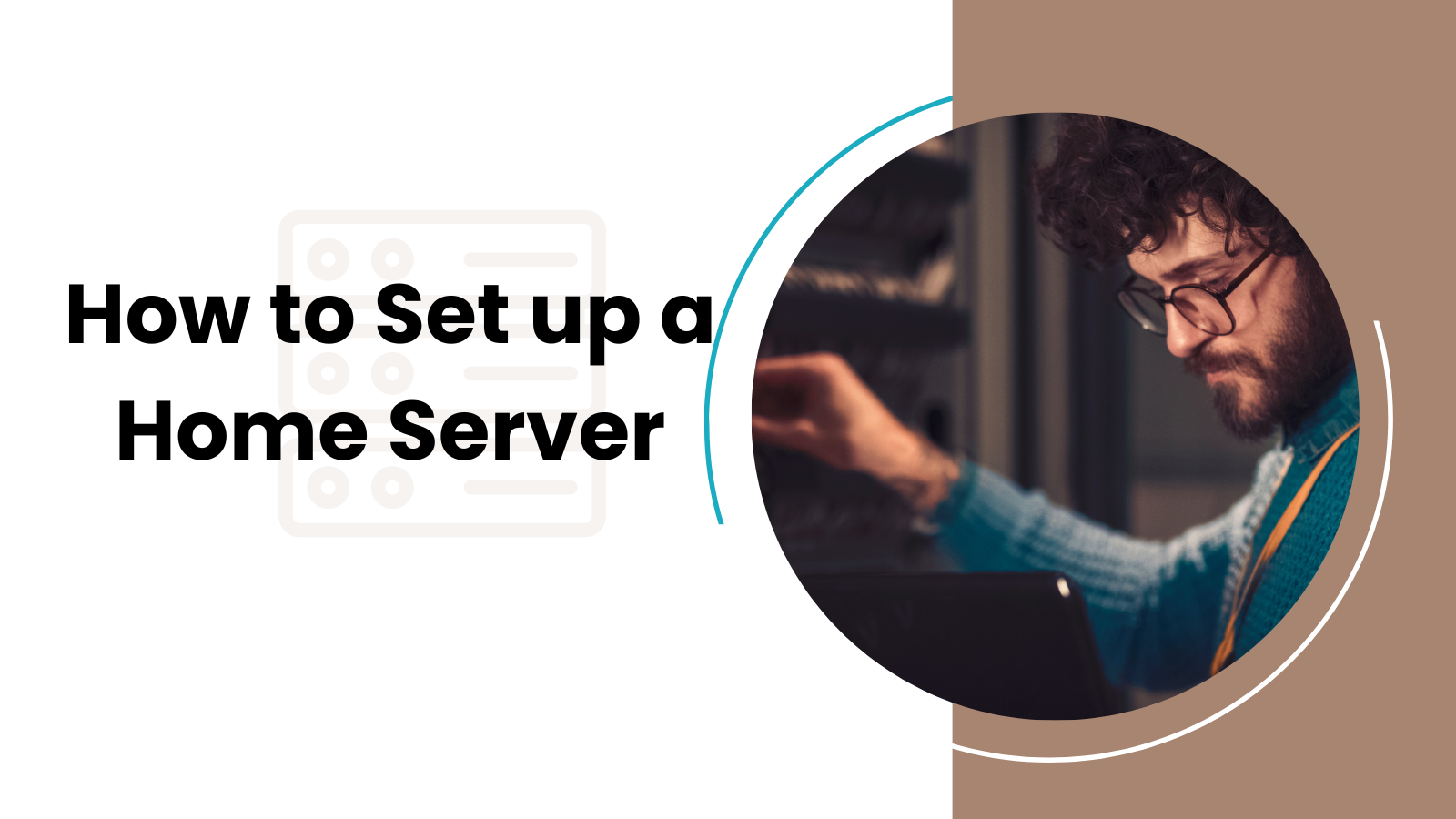
Ever heard of a home server and wondered what it’s all about? It’s pretty much like a digital butler for your home.
Just like a butler manages different aspects of your home, a home server helps manage digital tasks. This might include saving your favorite movies and photos, hosting video game sessions with friends, protecting important documents, and more.
What Is a Home Server and Why Do I Need One?

A home server is a dedicated device that provides services within your personal network. Think of it as your home’s digital hub – storing media, hosting online games, safeguarding important files, and so much more.
But why should you consider setting one up? Apart from learning more about IT and networking, you get to enjoy full control of your data, privacy protection, and cost-efficiency. Let’s dive in to discover how you can set up your home server.
What Equipment Do I Need to Set Up a Home Server?
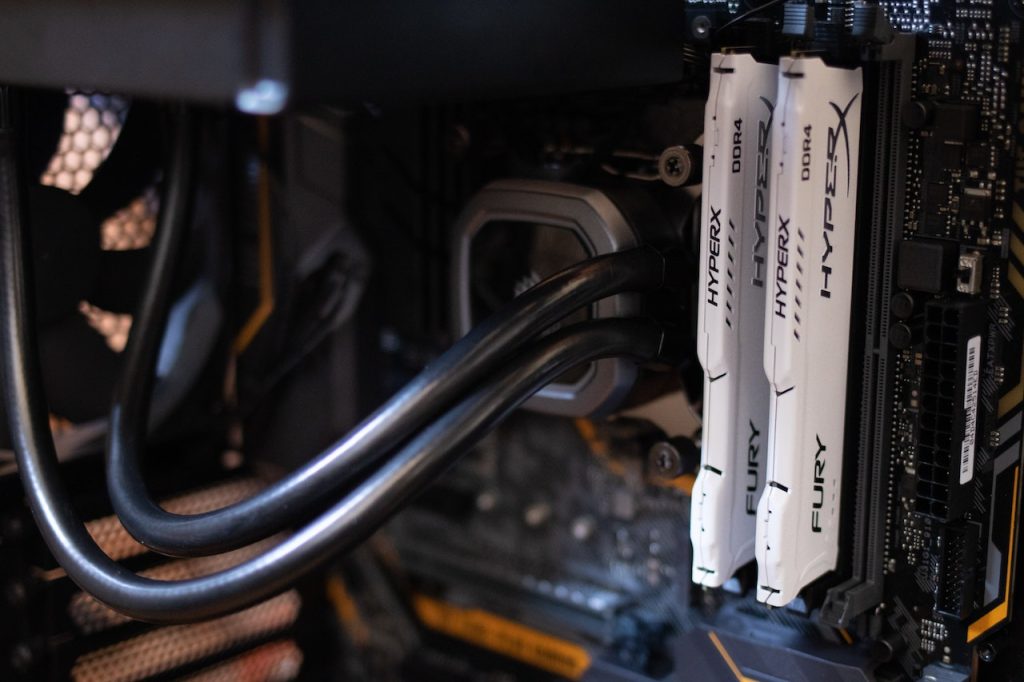
A home server isn’t just a fancy computer — it’s a machine built with purpose. And to build this, you’re going to need some specific gear. Below are the key components you’ll need to start your home server:
Server Machine
Your server machine is like the captain of your ship, guiding and managing everything that happens on your server. This could be a high-performance PC if you plan to do heavy tasks, or even a Raspberry Pi for simpler, smaller tasks. Think of it as the brain of your home server, so it should have strong processing capabilities.
Storage Drives
Just like you need a closet to store your clothes, your server needs storage drives to hold all its data. Consider getting solid-state drives (SSDs) for this. SSDs are like a modern, digital version of a file cabinet — they’re faster and more reliable than their older counterparts, hard disk drives (HDDs).
Memory
Memory (or RAM) is like your server’s short-term memory. The more RAM your server has, the more tasks it can do at once without slowing down. For starters, you should aim for at least 8GB of RAM. But remember, the more, the merrier — especially if your server will be performing complex tasks or hosting multiple services.
Motherboard
Think of the motherboard as the city map for your server. It’s where everything plugs in and communicates. Make sure the one you choose is compatible with your chosen processor and has enough slots for your RAM. It should be like a well-planned city where every component can easily reach and communicate with every other component.
Processor
The processor, or CPU, is like your server’s brain. The more powerful it is, the quicker and more efficiently your server can think and complete tasks. Choosing a strong CPU ensures your server can handle all the chores you throw at it without breaking a sweat.
Power Supply
A power supply is like the fuel for your server. It needs to be strong enough to handle your system’s load, with some room to spare for future upgrades. It’s the juice that keeps the server running, so make sure to get a power supply that can keep up with your server’s energy demands.
Which Operating System Should I Choose?

Once you’ve got your hardware, you need to decide on an operating system (OS). The two main contenders are Windows and Linux.
Windows is user-friendly and doesn’t require extensive technical knowledge, making it a great choice for beginners. Meanwhile, Linux is open-source, offering flexibility and an opportunity for deeper learning. Your choice will largely depend on the specific applications you wish to run on your server.
What Are the Necessary Software I Should Install?
You need to arm your home server with the right software to ensure it’s up to the tasks you have in mind. While the exact software will depend on your server’s purpose, some general software to consider include:
- Server software: This depends on your OS – Windows users may consider Windows Server, while Linux users may opt for something like Ubuntu Server.
- Security software: Protect your server from potential threats with a reputable antivirus program.
- Backup software: Regular backups are vital to prevent data loss.
- Application-specific software: This depends on your needs – it could be a game server software, file-sharing program, or a web server application.
How Can I Set Up My Home Server?
Setting up your home server can seem daunting, but with careful steps, it’s a manageable task. Here’s a simplified guide
How to Set Up Your Home Server: A Step-By-Step Guide
Putting together a home server might seem like a daunting task, but with a little bit of guidance, you’ll have your server up and running in no time. Let’s walk through the steps one by one:
Step 1: How Do You Assemble Your Server
Building your server is a lot like building a puzzle. Each component — the server machine, the storage drives, the memory, the motherboard, the processor, and the power supply — is a piece of the puzzle. Your first task is to fit all these pieces together to form your server.
Start by installing your chosen components into the server machine. This includes the motherboard, processor, RAM, and storage drives. Make sure everything is securely fastened and connected correctly. If you’re unsure about any step, consult the manuals that came with your components or seek help online.
Step 2: Install the Operating System
Once your server machine is assembled, the next step is to install the operating system (OS). This process is a lot like moving into a new house and setting up the basic infrastructure. The OS will be the foundation for everything you do on your server.
Follow the instructions provided by your chosen OS, whether that’s a version of Windows or Linux. This process typically involves downloading the OS onto a USB stick, plugging that stick into your server, and then booting up the server to start the installation process.
Step 3:Configure Your Server
After installing the operating system, it’s time to configure your server to meet your needs. This is like customizing your new house to suit your lifestyle — adding furniture, painting walls, and setting up appliances.
In the server world, this means setting up user accounts, adjusting settings, and customizing the system according to your needs. You might need to set permissions, establish network configurations, and set up file sharing. Be patient and make sure to follow best practices for security and efficiency.
Step 4: Software You Need
Just like you need tools to maintain your house, you need certain software to maintain your server. This includes server-specific software, security tools, and any other applications that are necessary for what you want your server to do.
This could include game servers, web servers, database software, or media streaming applications. Remember, the software you install should align with the purpose of your server. Make sure to also install strong security software to protect your server from potential threats.
Step 5: Ready to Run Your Server?
Now that everything is set up, it’s time to turn on your server and see it in action. This is like throwing a housewarming party after setting up your new house — a final check to see if everything is working properly.
Turn on your server, and see if everything runs smoothly. Check if your server is accessible from other devices on your network and if all installed applications are working as expected. Congratulations, you’ve just set up your very own home server!
How to Maintain My Home Server?
Remember, maintaining your home server is just as important as setting it up. Regular maintenance helps ensure optimal performance and longevity. Here are some tips:
- Regularly update your OS and software to keep your server secure and efficient.
- Monitor your server’s performance to catch potential issues early.
- Regularly back up your data to protect against loss or corruption.
- Physically clean your server to prevent dust buildup, which can cause overheating.
Is a Home Server Worth the Effort?
Setting up a home server is a bit of a project, but the benefits can make it worthwhile. From hosting your website to storing precious files, a home server provides versatility and control that’s hard to match. By following this guide, you can set up a home server that caters to your specific needs and make your digital life more streamlined and efficient. So, go ahead, gather your hardware, choose your software, and dive into the rewarding world of home servers!

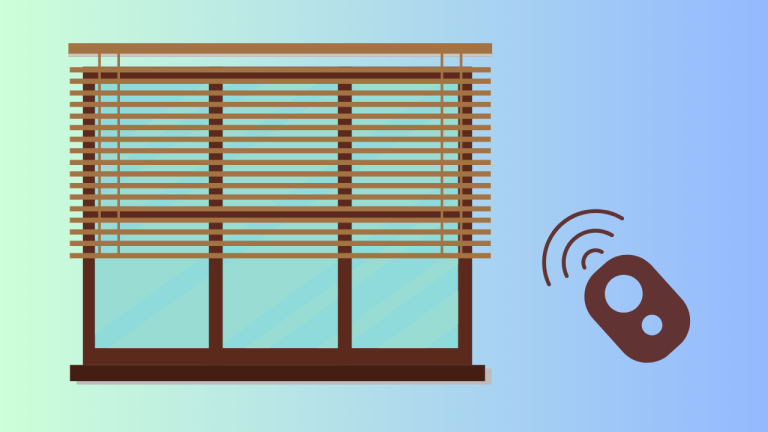


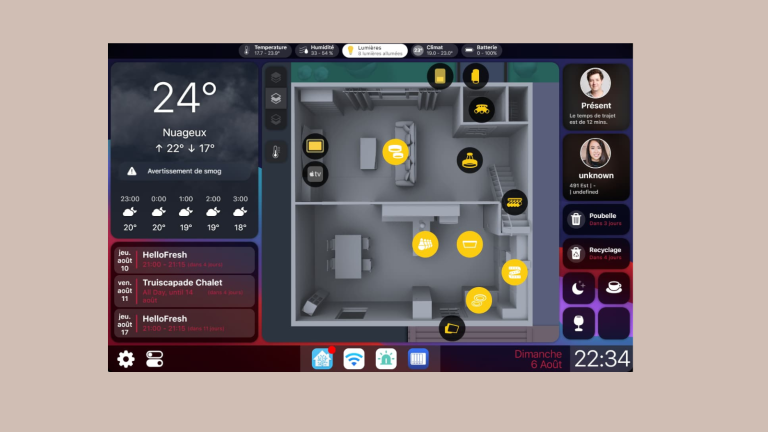
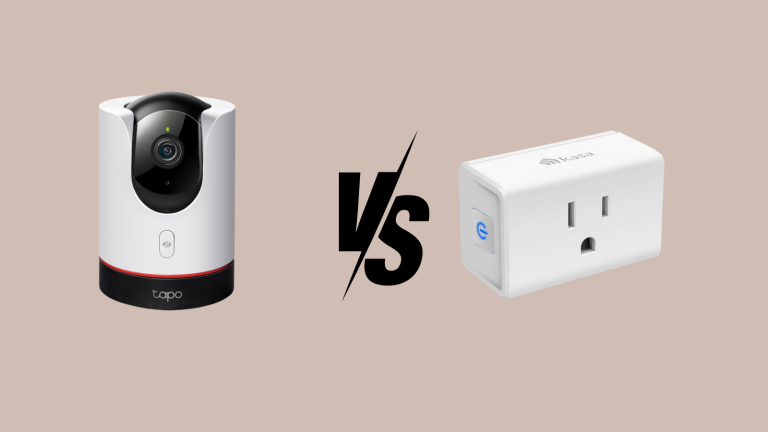
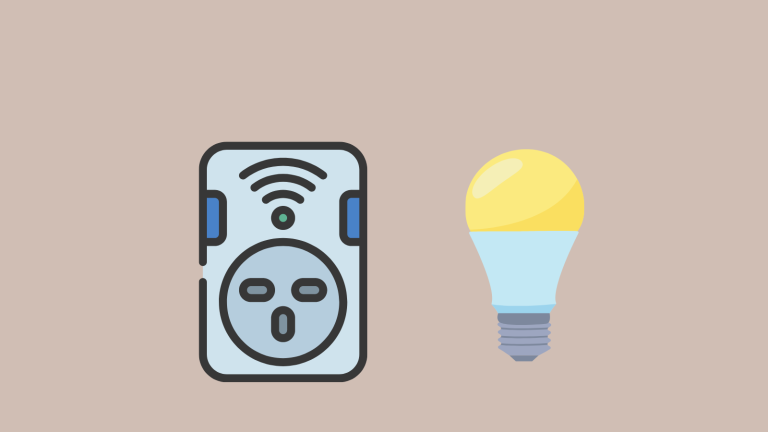
2 Comments